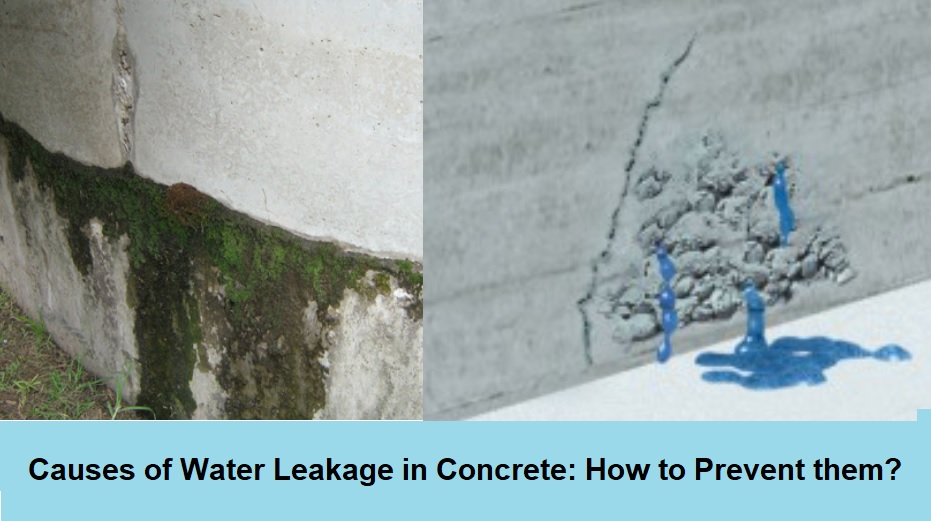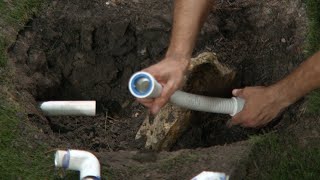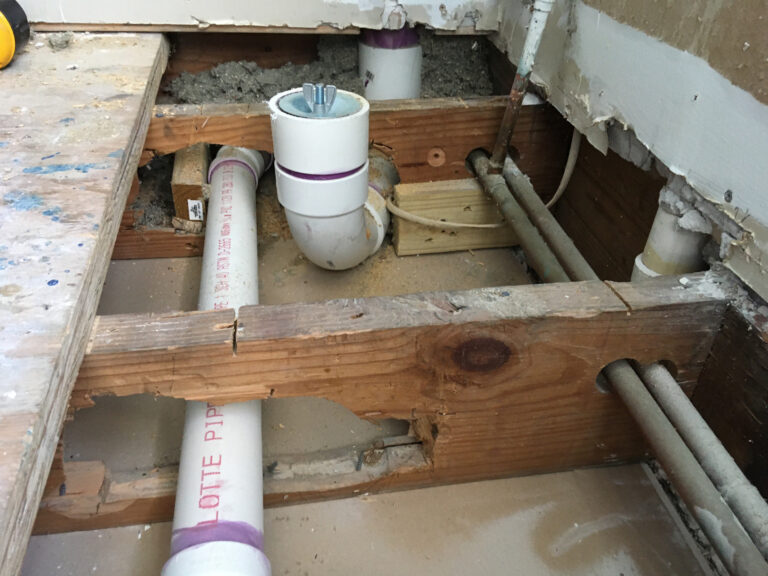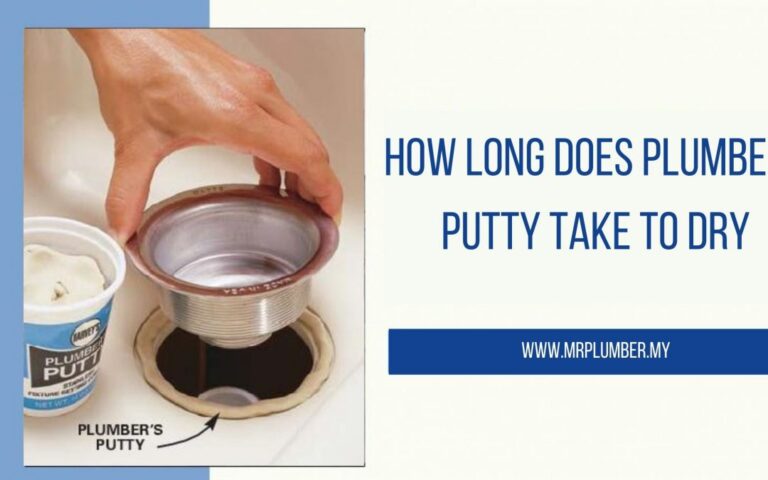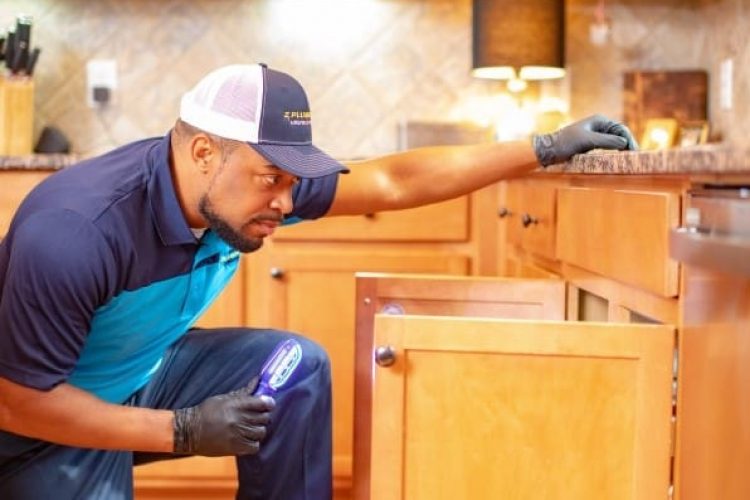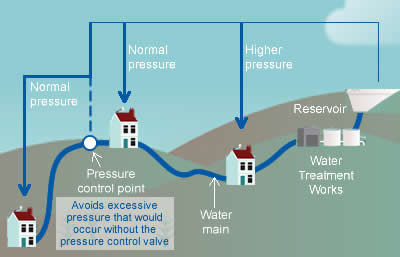What Is A Concrete Leak?
A concrete leak is a type of leak that occurs in concrete structures, such as foundations, walls, and floors. This type of leak is often caused by water seeping through cracks, joints, or other openings in the concrete. In some cases, the leak may be caused by a water pipe bursting or a broken water line. These leaks can lead to serious damage to the structure if left unchecked. To prevent costly repairs, it is important to identify and repair concrete leaks as soon as possible.
Definition of a Concrete Leak
A concrete leak is a crack or hole in a concrete surface that allows water to pass through. It is usually caused by aging, weathering, or poor construction. While a concrete leak is not always dangerous, it is essential to identify and repair it as soon as possible to minimize potential damage to the structure and the environment. A concrete leak can cause water to seep into the ground, leading to soil erosion, foundation damage, and even flooding. It can also allow hazardous substances to seep into the environment, causing contamination of groundwater and soil.
Fortunately, concrete leaks can be identified and repaired before they cause too much damage. The process begins with inspecting the area and identifying the source of the leak. Common causes include cracks in the concrete, gaps around door and window frames, and improperly sealed joints. Once the cause is identified, repairs can be made by sealing the cracks with an appropriate material, such as silicone caulk or polyurethane foam. If the leak is too large, the entire concrete slab may need to be replaced.
Regular maintenance and inspection can help to identify and repair concrete leaks before they become a serious problem. An experienced contractor should be consulted to assess the extent of the damage and to determine the best course of action.
Causes of Concrete Leaks
Leaks in concrete structures can be caused by many factors. From improper construction to poor maintenance, it is important to know what causes these leaks to prevent them from occurring. Poor construction is one of the most common causes of concrete leaks. This can include using the wrong materials, failing to properly seal joints, and failing to properly compact soil before pouring the concrete. Poor maintenance can also cause leaks. This includes not repairing cracks and joints, not cleaning drains and gutters, and not waterproofing or resealing concrete surfaces. Additionally, soil erosion and groundwater can cause concrete to crack and leak. To prevent these leaks from happening, it is important to follow proper construction and maintenance techniques. Additionally, investing in quality materials and waterproofing solutions can help to ensure that your concrete structure is properly sealed and protected.
Identifying a Concrete Leak
Concrete leaks can be identified through a few key signs. If there is water pooling around your foundation, then you may have a concrete leak. Other signs include wet spots on the walls and floors or visible water stains on the ceiling. If you notice any of these signs, then it is important to take action and investigate the cause.
Another way to identify a concrete leak is to check for any cracks or gaps in the walls or floors. Although small cracks are common and generally do not cause a problem, large cracks or gaps may indicate a leak. Additionally, if you notice any mold or mildew forming on the walls or floors, then it is likely that water is leaking through.
Finally, if you experience a drop in water pressure from your taps or a noticeable increase in your water bill, then you may have a concrete leak. In any of these cases, it is important to contact a professional to investigate and identify the source of the leak. If left unchecked, a concrete leak can cause significant damage to the structure of your home.
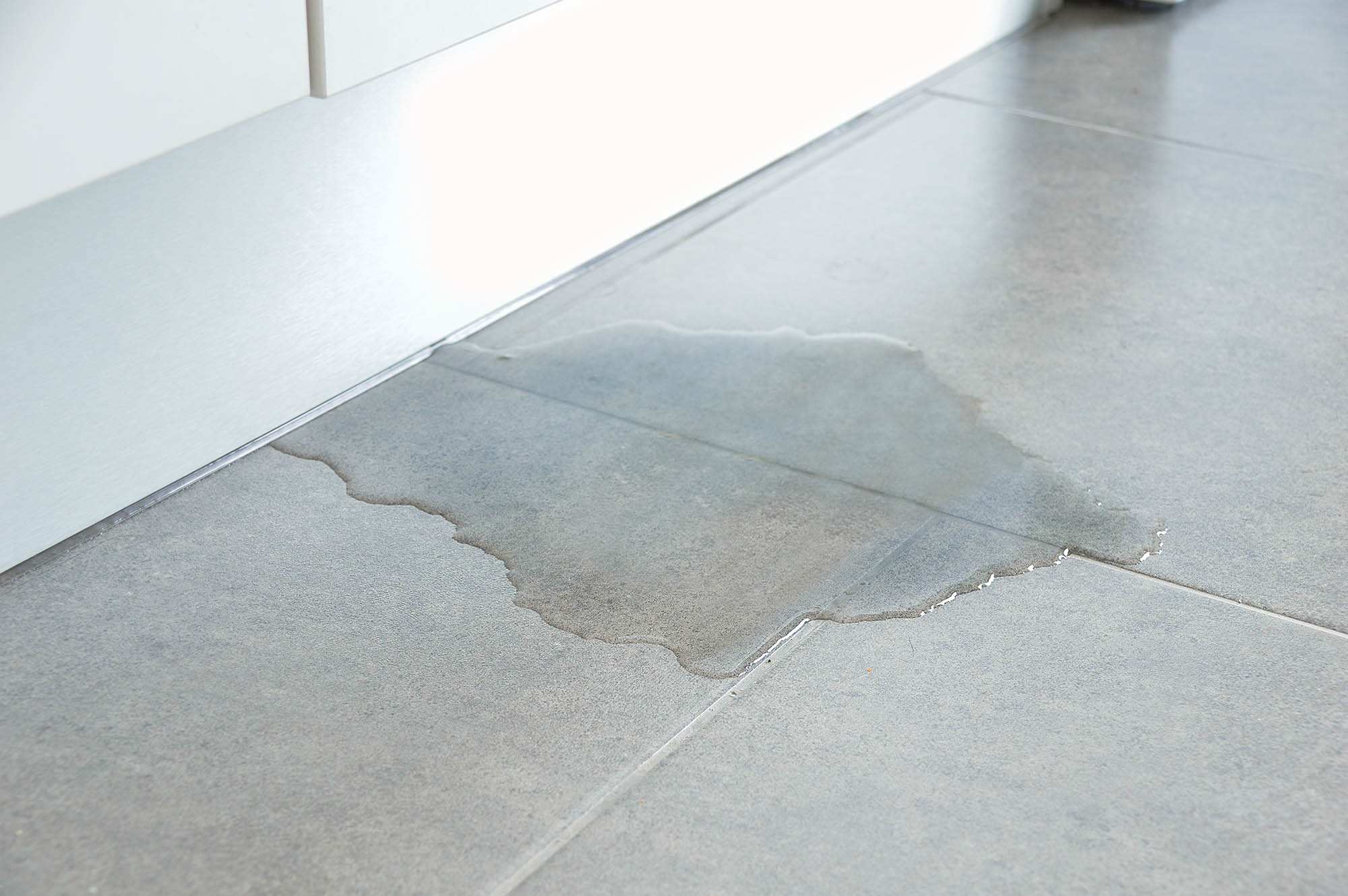
Prevention of Concrete Leaks
Concrete is a strong and durable material that is used in many construction projects. Unfortunately, water can seep through and cause damage to the structure. To avoid this, it is important to understand what a concrete leak is and how to prevent it.
A concrete leak occurs when water infiltrates the concrete. This can happen when cracks, gaps, or other openings in the concrete allow water to pass through. The water can then cause damage to the structure, leading to costly repairs.
To prevent concrete leaks, it is important to inspect the concrete regularly for signs of cracks or damage. Additionally, sealing the concrete can help keep out water. Sealing the concrete can also provide additional protection against wear and tear.
It is also important to ensure that the concrete is properly cured. Curing ensures that the concrete is strong and durable, allowing it to better resist damage from water. Additionally, using a concrete mix with proper aggregates and additives can help improve the strength of the concrete and make it less prone to leaking.
By understanding what a concrete leak is and taking the necessary steps to prevent it, you can help ensure that your structure is safe and sound. Regular inspections, sealing, and proper curing are all important steps in keeping your concrete leak-free.
Concrete Leak Repair Options
Concrete leaks are a common yet serious problem. They can cause structural damage, mold, and property damage, not to mention the cost of repairs. The best defense against concrete leaks is timely and effective repairs. There are several options available to address concrete leaks, ranging from simple patching to full replacement.
Patching is often the simplest and most cost-effective solution. It involves sealing the affected area with a mix of concrete, sand, and water. This patch will need to be maintained regularly to prevent further damage.
Another option is to install a waterproof membrane. This is a thin layer of material that is applied to the affected area and sealed with a waterproofing agent. This will protect the area against further water damage and prevent mold and mildew from forming.
A third option is to replace the affected area. This is usually the most expensive and time-consuming solution, but it is also the most reliable. It involves removing the affected area and replacing it with new concrete. This is a permanent solution that will ensure that the area is sealed and protected from further damage.
No matter which option you choose, it is important to act quickly and effectively. The longer the leak is left untreated, the more damage it will cause. Concrete leak repair is best handled by a professional who has the expertise and experience needed to address the issue. They will be able to assess the damage and determine the best course of action.
FAQs About the What Is A Concrete Leak?
1. What are the most common causes of concrete leaks?
Answer: Concrete leaks are typically caused by cracks in the foundation, water infiltration through the walls or floors, defective seals around pipes or windows, or a faulty waterproofing system.
2. How can I tell if I have a concrete leak?
Answer: Signs of a concrete leak include damp spots on walls or floors, the formation of mold/mildew, and the presence of standing water. You may also see cracks in the foundation or around the walls or windows.
3. How can I prevent concrete leaks from happening?
Answer: Preventative measures to help avoid concrete leaks include regular inspections of the foundation, walls, and floors, as well as the application of waterproofing products to the foundation and walls. Additionally, ensuring proper drainage around the home and keeping gutters and downspouts in good working condition can help reduce the risk of a concrete leak.
Conclusion
A concrete leak is a serious issue that, if left untreated, can cause costly damage to a structure. It is important to identify and repair a concrete leak quickly and correctly to prevent further damage and cost. Professional contractors and waterproofing companies can assess and repair the problem effectively, providing long-term solutions to maintain the integrity of the concrete structure.

